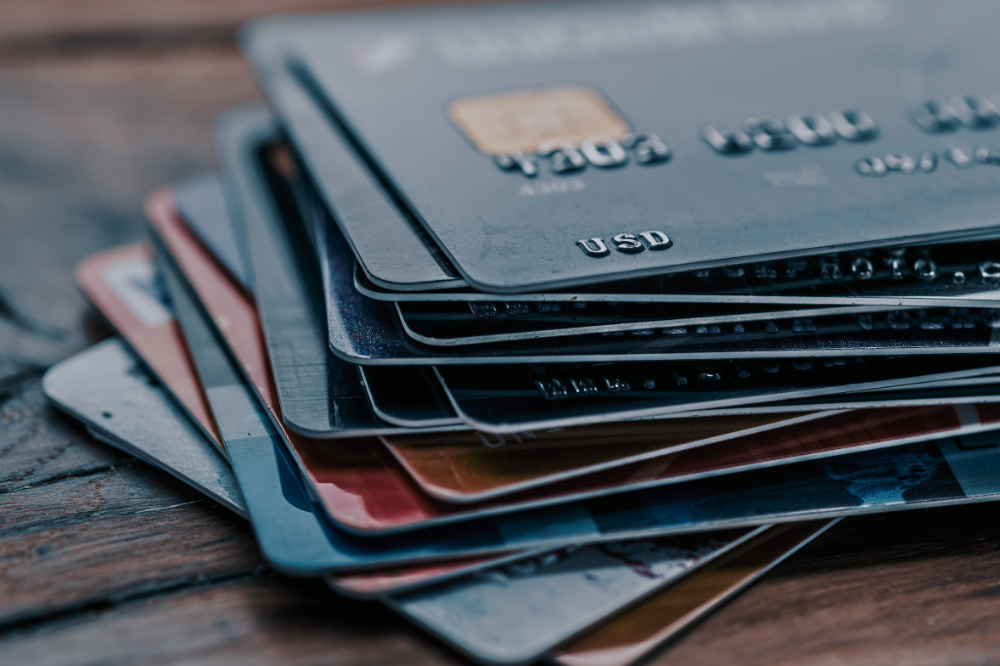What is the difference between a variable and a fixed rate credit card? Do fixed ones still exist? Find out now!
When it comes to credit cards, interest rates significantly impact how much you pay for borrowing money on your card. But did you know that there are fixed and variable rates? Although most credit cards have variable APR (Annual Percentage Rate), meaning the interest rate might increase or decrease from one month to the next, it’s importante to undertand the differences between these two.
So, let’s talk about these rates and how they affect your purchases, balance transfers or cash advances. Also, if you want to check out more financial tips on our website, you can click on this link!
Does A Credit Card Have A Fixed Or Variable Rate?
The majority of credit cards offered nowadays come with variable interest rates. This allows issuers to adjust rates based on economic conditions and your creditworthiness. Credit cards usually have three different interest rates:
- Purchase APR: it is charged on your purchases. If you pay off your full balance each month, you won’t be charged interest. But if you carry a balance, you’ll start accruing interest right away;
- Balance Transfer APR: usually the same as the purchase APR, but applies when you move debt from one card to another one;
- Cash Advance APR: if you withdraw cash from an ATM using your credit card or buy cash-like items, like casino chips, you’ll pay this rate. It’s often higher than the purchase or balance transfer ones, and starts building up immediately, regardless of whether you clear your balance each month.
Fixed-rate credit cards still exist, though they might be less common. They are often offered by smaller financial institutions or cater to specific borrower profiles.
Fixed-Rate
As the name suggests, the interest rate remains the same throughout the card’s lifespan, regardless of market fluctuations or your creditworthiness.
Pros:
- Predictability: fixed rates offer peace of mind when budgeting. You know exactly how much interest you’ll be charged, making it easier to plan your finances;
- Protection from Rate Hikes: if you anticipate rising interest rates, a fixed-rate card shields you from potential increases.
Cons:
- Fewer Rewards and Benefits: unlike cards from big issuers, fixed-rate cards may not be part of extensive rewards programs and they might offer fewer insurance options and cardholder protections;
- Limited Flexibility: since the rate is locked in, you won’t benefit if market rates decrease.
Variable-Rate
The rate is typically tied to a prime rate benchmark, such as the one set by the Federal Reserve. As this benchmark rate changes, the interest rate on your credit card does too, meaning it can fluctuate over time. This can be beneficial if market rates go down, but it also carries the risk of it increasing.
Pros:
- Potential for Rate Reductions: of market rates go down, you’ll enjoy a decrease in your interest rate;
- Rewards and Benefits: cards from big issuers fit into the “variable-rate category” and tend to offer great reward programs alongside with major benefits for cardholders.
Cons:
- Unpredictability: fluctuating rates can make budgeting challenging. A sudden increase in interest can significantly impact your monthly payments;
- Risk of Rate Hikes: if interest rates rise, you’ll end up paying more for carrying a balance.
How to Find Fixed-Rate Credit Cards
Here’s where you can most likely find them:
- Credit Unions: they are more likely to offer fixed-rate credit cards compared to large banks;
- Secured Cards: they require a security deposit and often come with fixed interest rates;
- Retail Credit Cards: some store-branded credit cards might have fixed rates, especially for private label cards.

